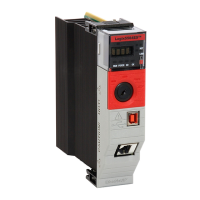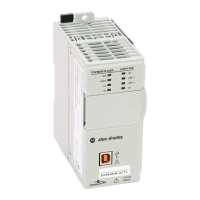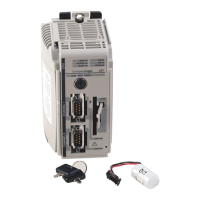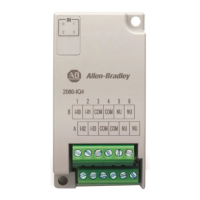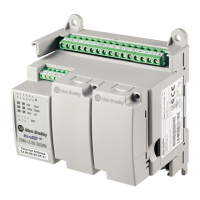CIP Services and User-created Tags
Rockwell Automation Publication 1756-PM020F-EN-P - January 2019 43
The Get_Attribute_List service directed to the Template object allows the
client application to retrieve one or more attributes from an instance of the
Template class. Template instance attributes provide information about the
template structure itself so the application can interpret what it receives when
using the Template_Read service.
The Template Read service is used to retrieve the template structure
information that describes the members of the structure, their ordering, and
data types. This information is required when accessing a structured tag as an
entire structure to understand the data packing in the message frame.
Other structures in the Logix 5000 controller, including Module-Defined,
Add-On-Defined, and Predefined data types, are also described in instances
of the Template object. Use the Logix Designer application to implement one
of the following indirect methods to access individual member tags.
Access atomic or arrayed atomic members of Module-Defined,
Add-On-Defined, or Predefined structure tags using one of the following
methods:
• Create a corresponding atomic tag (or atomic member of a structured
tag) and use ladder logic to periodically copy the atomic member of the
structure to the atomic tag.
• Create an alias tag for the atomic member that needs to be accessed.
These tags are present in the Symbol object instances and can be accessed
like any other atomic tag.
The previous methods are also used with structured tags of a user-defined
data type that contain a nested Module-Defined, Add-On-Defined, or
Predefined type member.
Important:
The information described in this manual about accessing and understanding structures should not
be used to access complete Module-Defined structures, Predefined structures, Add-On-Defined
structures, or system tags, whether they are stand alone, an alias, or nested within another user
created tag. Tags of these types have rules for dealing with host members and mapping of BOOLS,
which are beyond the scope of this document. If such structures are manipulated or accessed, results
can be unpredictable.
The STRING data type is a form of Predefined structure that would normally
be excluded after executing steps that are described later. It is also acceptable
to create user-defined data type string structures, including Strings of the
same format as the standard STRING. This allows external access to the
string and avoids the issues of Predefined structures.
To access any atomic tag that is visible in the Logix Designer application
Data Monitor, it is also acceptable to manually enter the full symbolic tag
address (NAME in the Data Monitor) in the client software. This includes
atomic members of any structure that are visible in Data Monitor. This only
applies to visible atomic tags and atomic members of structured tags.
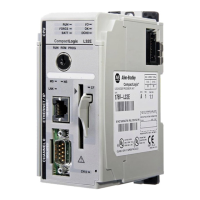
